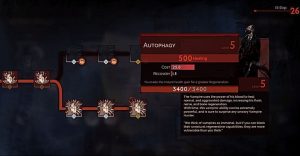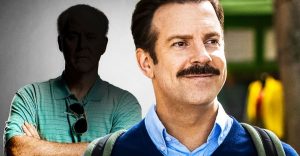Suicide Squad: What Was Originally in Jotunheim (Not Starro)

Warning: contains major spoilers for The Suicide Squad!
In James Gunn’s The Suicide Squad, the plot revolves around the titular team infiltrating a fortress called Jotunheim in Corto Maltese, only to find a US-backed research facility and a giant, telepathic starfish named Starro the Conquerer. While Gunn’s movie was incredibly original, aspects of the plot are adapted from the pages of Suicide Squad #1 and #2 (by John Ostrander and Luke McDonnell) and #26 (by Ostrander and Grant Miehm), specifically when it comes to the fortress known as Jotunheim. But while Gunn chose to have Justice League villain Starro as the movie’s kaiju threat, the original building contained something a little more controversial.
The original Suicide Squad were an obscure WWII team, later resurrected as a science-based quartet led by Rick Flag. When the modern Suicide Squad creator John Ostrander was tasked with writing a reboot of the forgotten team, he was originally hesitant, but warmed up to the title when he thought up one of the best concepts in superhero comics: the Dirty Dozen with supervillains. Drawing inspiration from Newspaper headlines and the recent Iran-Contra scandal, Ostrander quickly began crafting stories with political intrigue and surprisingly modern sensibilities.
Suicide Squad #1 introduces a state-sponsored terrorist group called the Jihad, and the comic opens up with them taking out an airport, killing over 300 people in a grisly demonstration. This horrible act is actually arranged by the government of the fictional Qurac as an advertisement to terror groups who wish to hire the Jihad’s services. Amanda Waller assigns the newly formed Suicide Squad and team leader Rick Flag the task of taking the Jihad down, preventing an upcoming attack on America by striking at their base of operations, Jotunheim. With the help of some undercover agents, the Squad infiltrates the fortress and barely escape with their lives, having taken out some members of Jihad, but not all. The villains are relatively traditional, with their own power sets and origins, but none rise to the stature of Starro.

Some time later in Suicide Squad #26, Rick Flag goes AWOL after a scandal largely caused by Amanda Waller’s arrogance. Flag decides the only way to redeem himself and the Squad is to finish what he started and destroy Jotunheim. As in the movie, Jotunheim was built by Nazis in WWII, and as in the movie, the plan to destroy it involves explosives. The difference is that the movie’s Jotunheim didn’t contain a long-dormant experimental atom bomb. Flag plants explosives on the bomb, but before he can leave he is stopped by the Jihad’s leader Rustam, and they fight until the bomb detonates, killing flag and the super-terrorists, something that is echoed in Flag’s tragic death in The Suicide Squad.

The Jotunheim in the comics also features labs with people being experimented on, but the purpose is to create more super-terrorists, not to unlock the key behind alien starfish telepathy. Ultimately, replacing the Jihad with a single, giant enemy was far more cinematic, especially given increased sensitivities to the team’s name and real-world connotations. The Suicide Squad is better for deviating from its comic roots, but it’s fascinating to see how many of the concepts around Jotunheim survived into the film adaptation, and how Gunn chooses to honor the source material in his movie.
About The Author

















